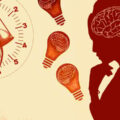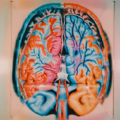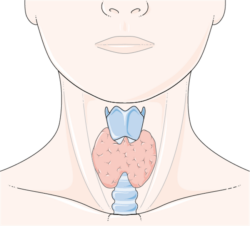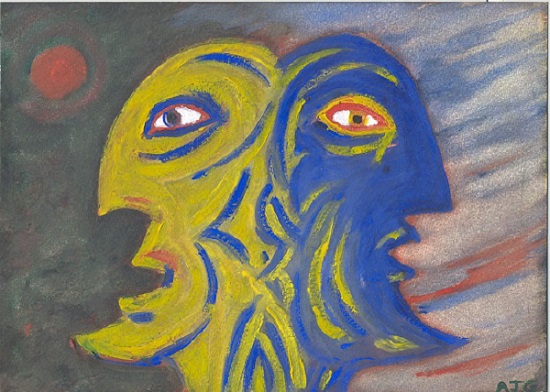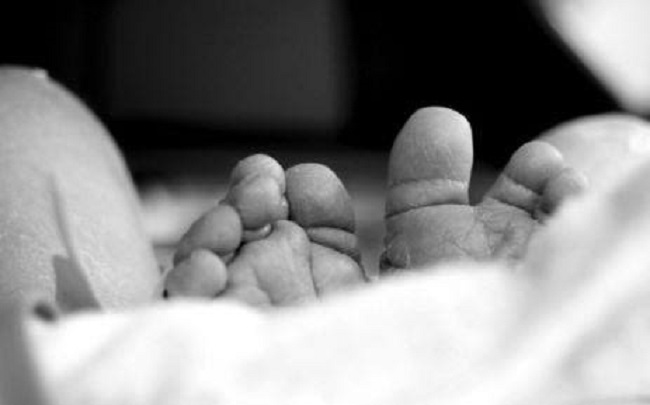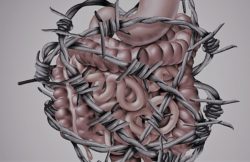As if battling the stigma that surrounds migraine and headache disorders isn’t difficult enough, we can thank Excedrin for continuing it. Excedrin is currently running a sweepstakes called “Who Deserves Excedrin The Most – Help Decide Who Wears the Crown.” In this sweepstakes the idea is to vote on a collection of people or “headache sufferers” who are matched in a daily, “head-to-head” video format, enacting a story and/or situation. The idea is to vote for who deserves to wear “the crown.” E-gift cards are given out every day and your vote is then entered into the pool for the grand prize, a seven day trip for two to Jamaica.
Each of these 16 videos depicts a short story of a particular situation, event or everyday occurrence that in Excedrin’s mind, will give you a “headache.” Some of the videos include rambunctious children in the back seat of a car, the frustration of being on hold for a lengthy amount of time, horrendous flying experiences, raising children, difficult bosses, and completing your taxes at the last minute, to name just a few.
Really. Excedrin wants the public to “crown” someone the Headache King or Queen – celebrate it with a crown, what, like the Burger King? Comedian Molly Shannon is the spokesperson for the sweepstakes and recently said she is a “headache sufferer.” Ms. Shannon can be quite funny and may simply be trying to bring levity to a serious topic. Don’t get me wrong I enjoy a good laugh (even at my own expense) and believe humor plays an important role in our lives. But because the stigma is so high in headache and migraine, I think the slightest amount of banter may increase that stigma, it certainly doesn’t do anything to decrease it.
With over 300 different types of migraine and headache disorders and no test, tool or machine to diagnose them, shouldn’t we be concentrating on more important things than a “crown?” Does anyone ever want to be named the MS King or Breast Cancer Queen in a sweepstakes? Of course not, because the public would never allow that to happen. Here’s the thing – because “it’s just a headache” doesn’t mean we get a “crown” to wear. We all know headache and migraine are so much more than simply a “headache.” What do you think about Excedrin’s marketing idea?


